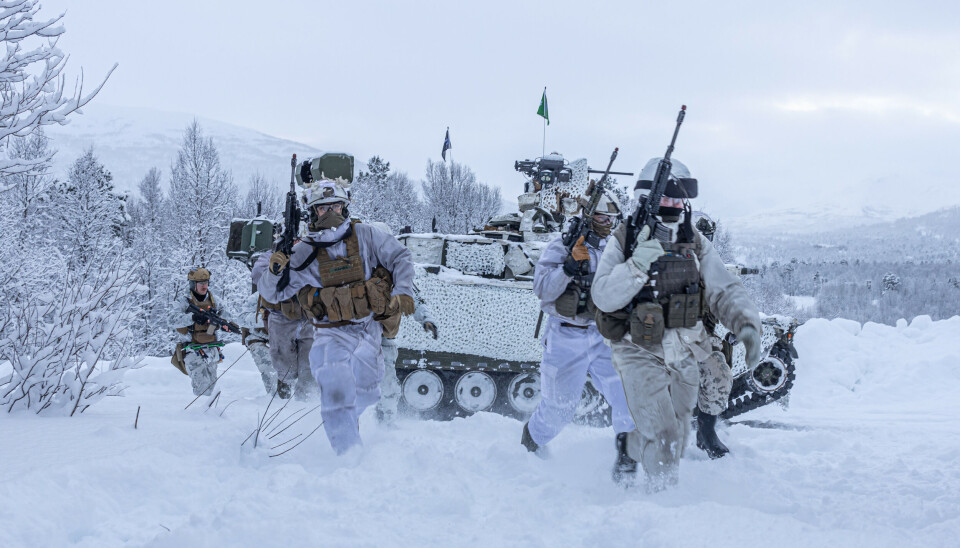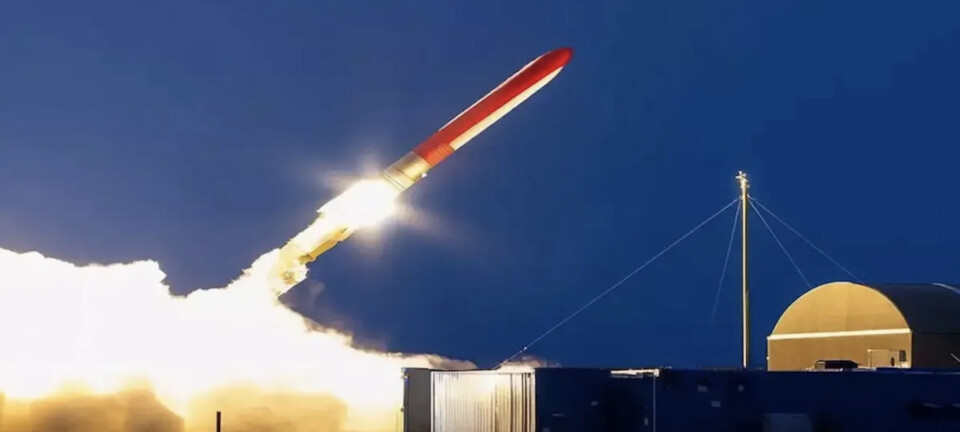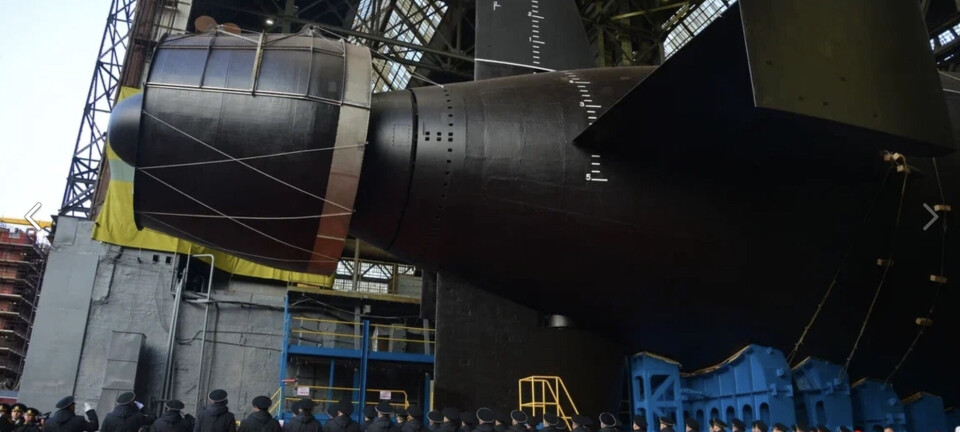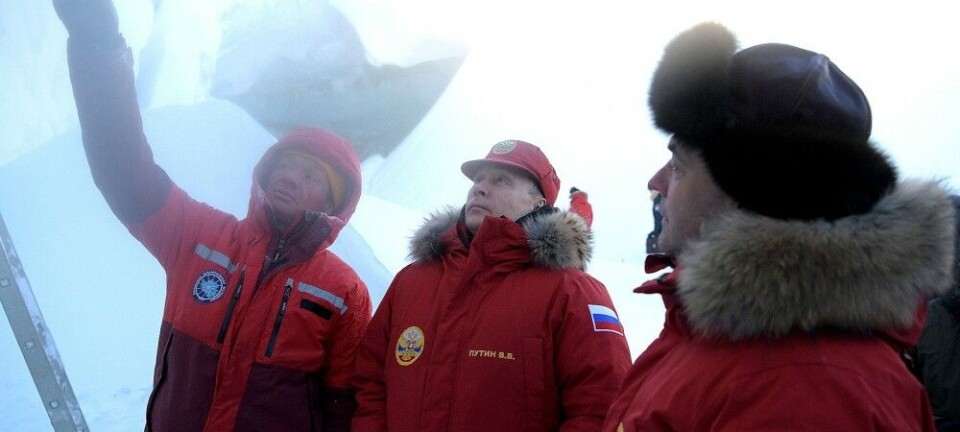
U.S. Marine Corps joins large exercise in northern Norway amid Trump turmoil
Turmoil in trans-Atlantic relations wrought by the Trump administration is so far not visible among allied NATO forces in the far north. The Marine Expeditionary Force from North Carolina will play a significant role in Joint Viking 2025 starting in early March.
With around 10,000 soldiers from seven nations, Joint Viking will be the largest military exercise in northern Norway this year.
The scenario of the exercise is exactly what Donald Trump has created uncertainty about: U.S. military help in the event a European NATO ally is invaded by Russia.
“It is important that our allies practice deploying to Norway, and they must train to operate with Norwegian forces in winter conditions,” the Norwegian Armed Forces said in its description of the Joint Viking 2025 exercise.
The statement adds: “This knowledge is perishable, so we must train regularly.”
The winter exercise kicks off on March 3 and will last until March 14. The main activity takes place in the Troms region, in northern Norway. Navy warships from France and the Netherlands are already at port in Tromsø and thousands of soldiers are deployed to Bardufoss where the snowy part of the war games will take part.
Troops with the U.S. Marine Corps have conducted unit-level cold weather training in the area since January in preparation for the exercise. Now, they are making ready for a war games scenario to protect northern parts of Norway from Russian aggression.
The Norwegian Armed Forces makes clear that NATO is "the foundation of Norway's defence."
"In order to be able to defend Norway, our allies must exercise on deploying to Norway. They must also know how to operate alongside Norwegian forces in a harsh winter climate," a press kit statement ahead of Joint Viking states.
The American soldiers are part of the Marine Expeditionary Force, a rapid deployment unit normally based at Camp Lejeune, North Carolina on the U.S. east coast. Arctic warfare is something not possible to simulate at its home base. In Troms, they will train with allied troops from Norway, Finland, Germany, Canada, the Netherlands and the United Kingdom.
The exercise will allow the Marine Corps to rehearse the rapid force generation and trans-Atlantic deployment of a regimental-sized element to respond to a crisis.
Joint Viking takes place just a week after Donald Trump hinted that the US may abandon its obligation to defend European allies in the event of trouble.
The marines' presence at the exercise contradicts this and a press statement underline that their participation highlights the strategic importance of the U.S. Marine Corps in reinforcing NATO’s northern flank and ensuring seamless integration with Norwegian forces.
A key element of NATO is Article 5 which states that each member of the Alliance will come to the defence of an ally that is under enemy attack.
The United States is the dominant military power in NATO. Most Norwegian defence planning since joining NATO in 1949 includes reinforcement by U.S. military forces.
Other U.S. military participants in northern Norway over the next two weeks include the U.S. Army’s 41st Field Artillery Brigade. It will deploy from Germany to Troms and demonstrate its ability to employ long-range precision firing in support of joint operations via a digital live-fire exercise.
Russian navy exercises
While Russia's land forces on the Kola Peninsula are deeply engaged in the brutal war against Ukraine, the navy and air force continue to train as normal in the Barents Sea.
On Friday, the press service of the Northern Fleet in Severomorsk informed about the large missile cruiser Admiral Ustinov sailing out for combat training. The fleet does not detail where the training will take place, but Russia's Coastal Administration for the Western Arctic has published navigation warnings for waters north of the Fishermen Peninsula for the period February 29 to March 7.
The warning is marked "missile and artillery firing."
The Admiral Ustinov will practice anti-submarine and sabotage defence as well as grenade launching and firing at floating mines, the Northern Fleet informs. Missiles will be launched as part of anti-aircraft and anti-submarine defence.
Earlier in February, the frigate Admiral Kasatonov sailed on a combat training mission in the Barents Sea to repulse enemy attacks on Russia's Arctic region.
The training was attended by commanders and included submarines, mine sweepers and naval aircraft.





























